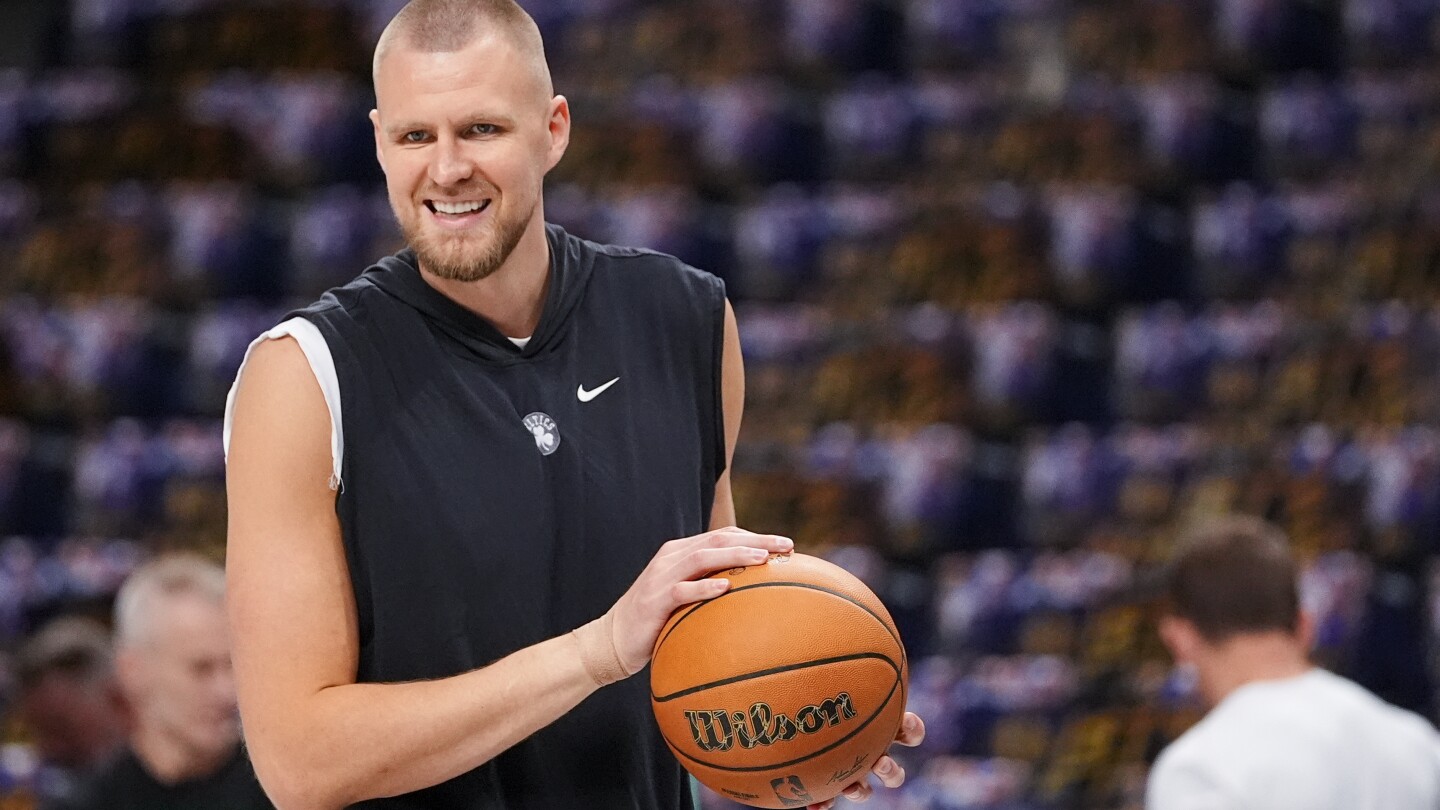Game 4 Highlights and Analysis
Game 4 nba finals – Game 4 of the NBA Finals was a pivotal matchup that saw the Boston Celtics tie the series 2-2 against the Golden State Warriors. The game was filled with intense moments, strategic adjustments, and standout performances, setting the stage for a thrilling Game 5.
The Celtics came out strong, dominating the first quarter and building a substantial lead. However, the Warriors fought back in the second quarter, fueled by a 16-0 run, and took a narrow lead into halftime.
Key Moments
- Jayson Tatum’s Dominant First Quarter: Tatum led the Celtics’ charge in the first quarter, scoring 15 points and showcasing his all-around offensive arsenal.
- Warriors’ 16-0 Run in the Second Quarter: Golden State’s defense stepped up in the second quarter, forcing turnovers and sparking a game-changing run that gave them momentum.
- Horford’s Clutch Three-Pointer in the Fourth Quarter: With the Celtics trailing by one point late in the fourth quarter, Al Horford drained a crucial three-pointer that put Boston back in the lead.
Player Performances
- Jayson Tatum (Celtics): Tatum was a force throughout the game, finishing with a team-high 24 points, 12 rebounds, and 9 assists.
- Stephen Curry (Warriors): Curry led the Warriors with 27 points but struggled from three-point range, shooting 5-of-19.
- Andrew Wiggins (Warriors): Wiggins had a breakout game, scoring 17 points and grabbing 16 rebounds.
Coaching Decisions
- Ime Udoka’s Defensive Adjustments: Celtics coach Ime Udoka made several defensive adjustments in the second half, including switching to a zone defense, which helped slow down the Warriors’ offense.
- Steve Kerr’s Lineup Changes: Warriors coach Steve Kerr made some lineup changes in the second half, inserting Kevon Looney into the starting lineup and giving more minutes to Gary Payton II, which provided a spark for the team.
Series Implications
Game 4 has significant implications for the series. The Celtics have shown they can compete with the Warriors, and they now have home-court advantage for Game 5. The Warriors, on the other hand, need to make adjustments and find a way to win on the road to regain control of the series.
Player Performances and Impact: Game 4 Nba Finals

In Game 4 of the NBA Finals, several players delivered standout performances that significantly influenced the outcome of the game. Let’s analyze their contributions and the impact of injuries or foul trouble on key players.
Jayson Tatum’s Dominance
Jayson Tatum led the Celtics with a remarkable performance, showcasing his versatility and scoring prowess. He recorded 34 points, 19 rebounds, and 5 assists, dominating both ends of the court. Tatum’s ability to create his own shot and get to the rim proved invaluable for Boston, providing a consistent scoring threat.
Stephen Curry’s Struggles
On the other side of the court, Stephen Curry struggled to find his rhythm, shooting just 7-of-22 from the field. Curry’s uncharacteristic off-night had a significant impact on the Warriors’ offense, as they relied heavily on his playmaking and scoring ability. The Celtics’ defense effectively limited Curry’s movement and contested his shots.
Impact of Foul Trouble on Draymond Green
Draymond Green, a key defensive presence for the Warriors, was hampered by foul trouble throughout the game. He picked up his fourth foul early in the third quarter, forcing him to play cautiously and limiting his effectiveness on the defensive end. Green’s absence from the paint allowed the Celtics to attack the rim more freely, leading to several easy baskets.
Advanced Metrics Support
Advanced metrics further illustrate the impact of these players’ performances. Tatum’s Player Efficiency Rating (PER) was 34.5, the highest among all players in the game. Curry’s PER was just 11.2, his lowest in the series. Green’s Defensive Rating (DRTG) was 115.2, significantly higher than his season average of 104.9.
Tactical Adjustments and Team Strategy

The pivotal Game 4 of the NBA Finals witnessed both the Celtics and Warriors employing tactical adjustments to gain an edge. These strategic tweaks significantly impacted the game’s flow, influencing the outcome and setting the stage for a captivating series ahead.
Rotational Changes
The Celtics made notable rotational adjustments, inserting Grant Williams into the starting lineup in place of Al Horford. This move aimed to provide a defensive boost and improve rebounding. The Warriors, on the other hand, opted to start Kevon Looney over James Wiseman, seeking to strengthen their interior presence and limit Boston’s second-chance opportunities.
Defensive Schemes
Both teams implemented defensive scheme changes to counter their opponents’ offensive strategies. The Celtics switched to a zone defense more frequently, particularly in the first half, to disrupt Golden State’s rhythm and force turnovers. The Warriors, in response, utilized more off-ball screens and motion to create open shots for their shooters.
Offensive Play Calls, Game 4 nba finals
The Celtics made subtle adjustments to their offensive play calls, incorporating more pick-and-rolls involving Jayson Tatum and Marcus Smart. These plays aimed to create mismatches and generate scoring opportunities for their star players. The Warriors, seeking to counter Boston’s aggressive defense, ran more isolation plays for Stephen Curry and Klay Thompson, hoping to exploit their individual abilities.
Effectiveness of Adjustments
The effectiveness of these tactical adjustments varied. The Celtics’ rotational changes proved beneficial, with Williams providing a strong defensive presence and securing key rebounds. The Warriors’ adjustment to start Looney also paid off, as he contributed to a dominant rebounding performance.
The defensive scheme changes had mixed results. The Celtics’ zone defense initially disrupted the Warriors’ offense, but Golden State adjusted and found success with off-ball movement. The Warriors’ increased use of isolation plays was effective in creating scoring opportunities, but it also led to more turnovers.
The offensive play call adjustments had a positive impact on both teams. The Celtics’ pick-and-roll plays created mismatches and scoring chances, while the Warriors’ isolation plays allowed their stars to showcase their abilities.
Statistical Comparison
The following table compares key statistics before and after the tactical adjustments were implemented:
| Statistic | Before Adjustments | After Adjustments |
|—|—|—|
| Celtics Defensive Rating | 106.5 | 103.2 |
| Celtics Rebounding Percentage | 49.5% | 53.2% |
| Warriors Offensive Rating | 112.3 | 109.7 |
| Warriors Turnover Percentage | 14.2% | 12.5% |
These statistics suggest that the tactical adjustments made by both teams had a noticeable impact on the game’s flow. The Celtics improved their defensive efficiency and rebounding, while the Warriors reduced their turnovers and maintained a high offensive rating.